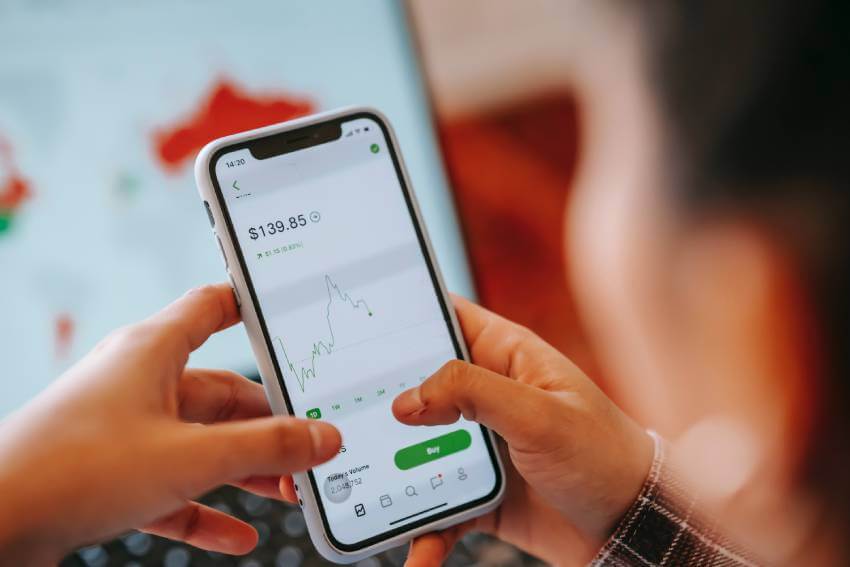Table of contents
What Is a Wholesale Price Index?
A wholesale price index or WPI is a particular index that measures the changes in the price of goods in the different stages before it reaches the retail level. Price index wpi refers to goods and services often sold in bulk and traded between businesses instead of consumers. The wholesale price index is usually expressed in a ratio of percentages. It shows the good’s average price change, often believed because it is expected to be a primary indicator of a nation’s level of inflation.
When it comes to the crucial points concerning the wholesale price index, it is essential to focus on several key indications:
- Price index WPI works between businesses rather than consumers.
- The wholesale price indexes are perceived as a distinct indicator of a nation’s level of inflation.
- At the end of the 1970s, the United States started using a producer price index instead of a price index wpi.
In the United States, the index measures the movement of commodities, namely their prices. Such measurements are presented in primary markets, regardless of the product’s origin. When it comes to an understanding of immediate needs, these are determined by the stage of the product’s fabrication.
How a Wholesale Price Index Wpi works?
It is crucial to understand several moments in terms of wholesale price indexes functionality. First and foremost, the indexes are reported monthly while showing the average price changes of certain products. Second, the total costs of the products are considered in one year and later compared with the total costs of a product in the base year. Third, the outcome is presented as a percentage of change.
When it comes to illustrating how the phenomenon works, one should offer the following example. One can imagine 2015 being the base year. If the total price of the products in 2015 is $5,000, and the total for 2020 is $5,500, the price index wpi for 2020 based on the year 2015 is 120. It means that the company experienced an increase of 20 percent.

The approach often suggests that price index wpi takes into account commodity prices. Yet, the products included can vary from nation to nation. While every product can become subject to change, it can be established through wpi to reflect the current economy. When businesses calculate the wpi, they include commodities at various stages of production, and many goods are counted more than once.
Pros and cons of price index wpi?
There are particular factors to illustrate when it comes to the pros and cons of price index wpi. In terms of benefits offered by the approach, there are the following elements to consider:
- It offers estimates of inflation at the wholesales transaction level. Essentially, it can be used to determine the economy's health as a whole objectively.
- Price index wpi can grant governments insights into when to adopt changes to deal with the rising inflation rates.
- The wholesale price index can also help businesses keep the price at a particular level before it spills over the retail price.
These pros present themselves as a major source of insights that both governments and companies can use. It shows whether the economy is healthy and the inflation rate can be kept at bay. However, there are also particular limitations to the wholesale price index:
- When measuring inflation, a wpi does not consider the price of services. In such a case, the approach does not grant objective information on inflation based on the specific factor of service.
- WPI does not reflect the consumer price situation in the country. Essentially, it means that there are particular gaps in how governments can understand the inflation rate, which affects the effectiveness of strategies addressed to deal with it.
While the price index offers some major insights into how inflation rates occur in the nation and how they shape the economy, there are certain limitations to such wisdom.
Conclusion
The wholesale price index is a particular index measuring and tracking changes in the price of goods in the stages before they occur on retailers' shelves. It is usually expressed as a percentage and can be calculated through a particular formula. The price index grants insight into how inflation rates operate and how governments and companies can address such an economic force.
FAQ
Find answers to some of the most common questions people have regarding the use of Competera.
How do you calculate the Wholesale Price Index?
When calculating the wholesale price index, it is crucial to take the price of the market basket of the year of interest and then divide it by the cost of the market basket of the base year. The next step is to multiply the outcome by 100.
What are the uses of the Wholesale Price Index?
Price index wpi focuses on the price of goods traded between businesses and corporations. It can monitor price movements reflecting supply and demand in construction, manufacturing, and industry.








